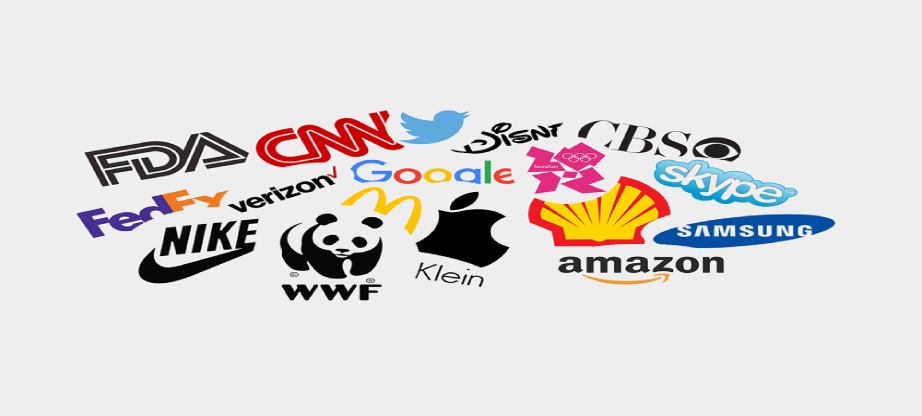Crafting Identity: A Comprehensive Guide to Designing Your Brand’s Logo

Creating a brand’s logo is about intertwining aesthetics and philosophy, blending colors, shapes, and ideas into a cohesive, memorable design. This article guides brand-owners through the conceptual and practical aspects of logo creation, offering insights to design a logo that stands out and resonates.
Foundations of Logo Design: Aesthetics & Philosophy
Understanding the essence of a brand is the starting point in logo design. A logo must represent the brand’s values, mission, and vision, serving as a visual ambassador. It should communicate the brand’s essence succinctly and effectively, establishing a connection with the audience.
Choosing the right color palette is crucial, as colors evoke emotions and convey messages. Complementary and contrasting colors can be used to create visual harmony and draw attention to specific elements of the logo.
The chosen typography should align with the brand’s personality, whether it’s bold and modern or elegant and classic. It must be legible and scalable, maintaining its integrity across various mediums and sizes.
Conceptualization: Brainstorming & Sketching
Brainstorming is the incubator of creativity where ideas are generated and refined. Mind-mapping and word association techniques can help in generating concepts that align with the brand’s identity.
Sketching allows for the visualization of ideas, offering a tangible representation of abstract concepts. It is an iterative process where designs are refined, and elements are adjusted to achieve a balanced composition.
Digitization: Bringing Concepts to Life
Once the concept is finalized, digitization begins, converting sketches into scalable vector graphics. Digital tools allow for precise adjustments and fine-tuning, ensuring the logo’s adaptability across different mediums and sizes.
Designing in black and white initially helps in focusing on the logo’s structure, ensuring that the design is strong before color is added. Once satisfied with the structure, the color scheme is applied, breathing life into the design.

Feedback & Refinement: Perfecting the Design
Gathering feedback is a vital step in logo design. It provides different perspectives and uncovers potential issues that might have been overlooked. Constructive criticism helps in refining the design, making it more effective and cohesive.
Multiple iterations and refinements may be needed to reach the final design. Attention to detail and commitment to perfection ensure the creation of a logo that truly represents the brand and resonates with the audience.
Test the final design in various contexts to ensure its versatility and effectiveness in different environments and applications.
Final Thoughts: Creating a Lasting Impression
Designing a logo is a journey of discovery and creativity, a meticulous process of crafting a brand’s visual identity. A well-designed logo is timeless, memorable, and versatile, creating a lasting impression and fostering brand recognition.
